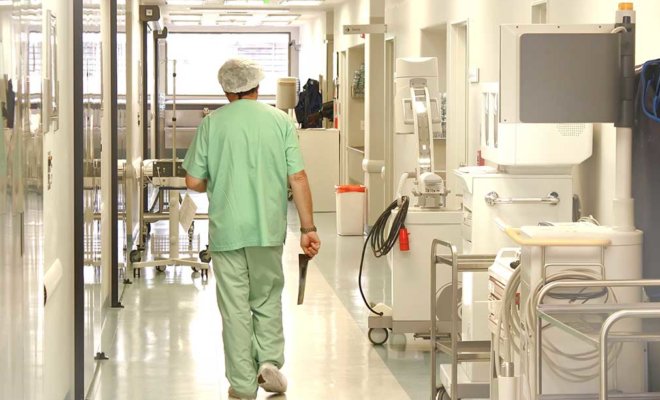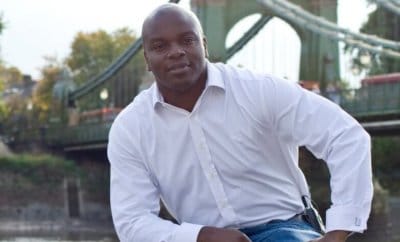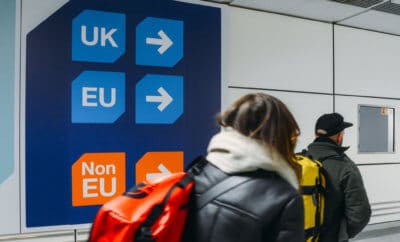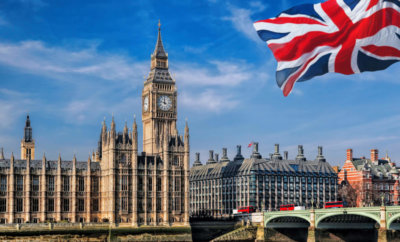Health
London Exhibition Celebrates Role of Indian Doctors in UK’s National Health Service

Representational image
Photo: Bigstock
The Royal College of General Practitioners is organizing an exhibition focusing on general practitioners from South Asia who worked in Britain during the 1940s to 1980s.
The role played by South Asian doctors in British general practice and the National Health Service (NHS) in the United Kingdom is being hailed through an exhibition in London. The exhibition, titled Migrants who made the NHS, has been organized by the Royal College of General Practitioners (RCGP), and was inaugurated on April 25.
The show focuses on general practitioners (GPs) from India and other countries like Pakistan, Bangladesh and Sri Lanka, who served the public by working in some of the most deprived areas of Britain from the 1940s to ’80s, the RCGP said in a statement. It draws on archival research, photographs and oral history interviews with 40 general practitioners who moved to Britain from South Asia during that period – including some who are still practicing today.
The exhibition, being held at the RCGP college in London, coincides with the 70th anniversary of the establishment of the NHS. Based on the book Migrant architects of the NHS: South Asian doctors and the reinvention of British general practice (1940s-1980s) written by Dr. Julian M. Simpson, the exhibition will be on until December. “Doctors from the Indian subcontinent were, therefore, not just contributing to the NHS, they were its very lifeblood. We should acknowledge they were amongst the architects of the NHS,” Simpson said in the statement.
About 16 per cent of GPs working in the NHS by the 1980s were born in India, Pakistan, Bangladesh or Sri Lanka, according to the RCGP, They were responsible for delivering patient care to around a sixth of the population in the United Kingdom. In some areas they made up more than half of the GP population.
The RCGP also took to the social media to announce the launch of the exhibition.
Delighted to announce @rcgp's new exhibition "Migrants who made the NHS" exploring the central role played by South Asian doctors in British general practice & the wider NHS from 1940s-80 – and the impact they are still having now. Launching 25 April @30EustonSquare pic.twitter.com/5nTAs5kRV1
— RCGP Art & Heritage (@aRtCGP) April 20, 2018
“The wider impact and influence of migration from the Indian subcontinent on British medicine cannot be over-estimated. There are today 1724 doctors with the common Indian surname Patel on the General Medical Council’s list of registered medical practitioners – only slightly fewer than doctors with the surname Smith—1750,” the statement said.
The exhibition will show how these doctors kept the family doctor service thriving, particularly for patients in working-class and inner-city areas. They filled the void largely created by UK doctors choosing to work overseas, and before general practice gained its rightful recognition as a medical specialty on par with hospital medicine, as per the statement.
“General practice in the United Kingdom would not be what it is today without the hard work, innovation, and courage of our predecessors, and their dedication to delivering high-quality patient care. Indeed, without them, our profession and the NHS might not even exist at all,” Professor Mayur Lakhani, the president of the Royal College of GPs, said in the statement.
NHS, which has been struggling with a shortage of medical staff, announced earlier this year that it is planning to recruit over 600 nurses from the Philippines and India in Northern Ireland.



